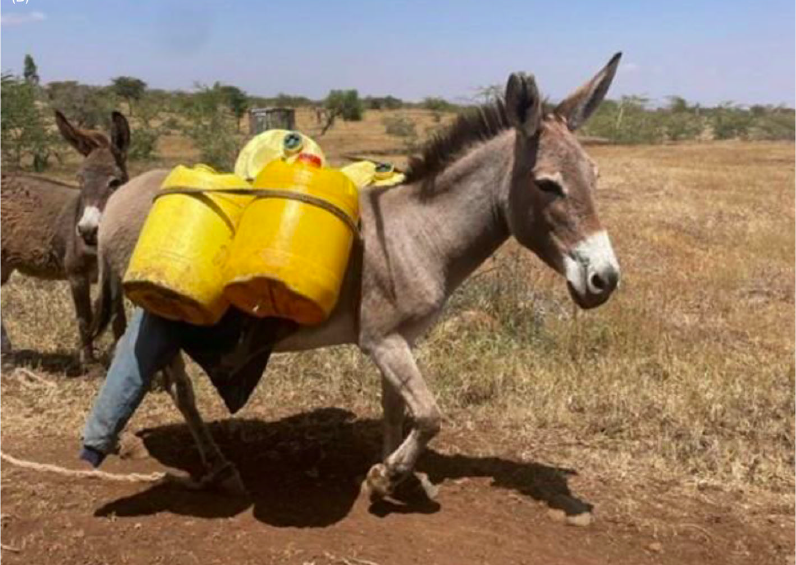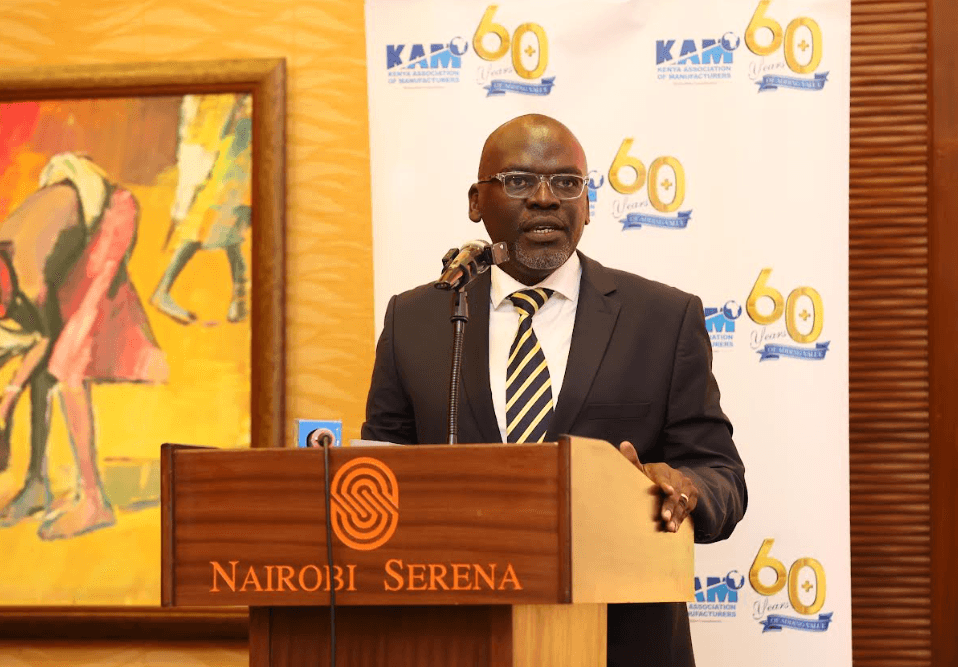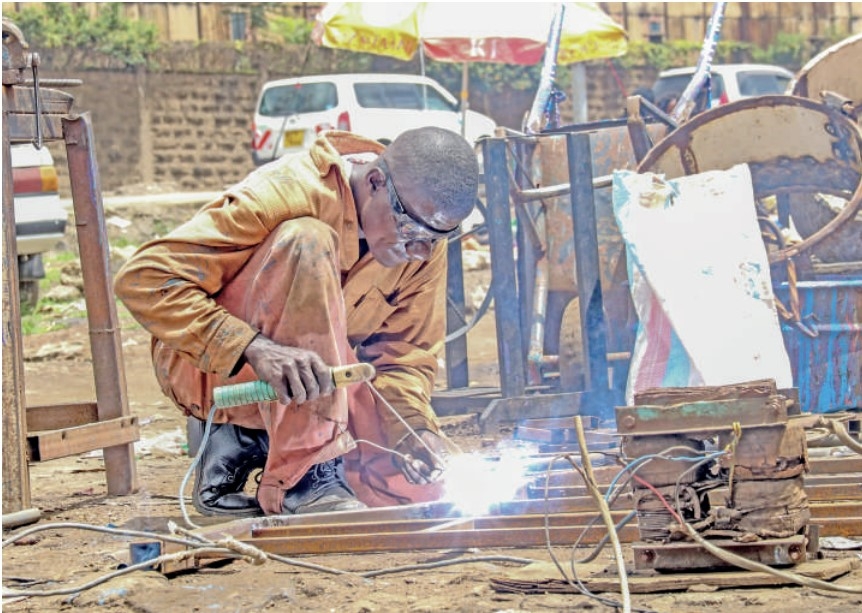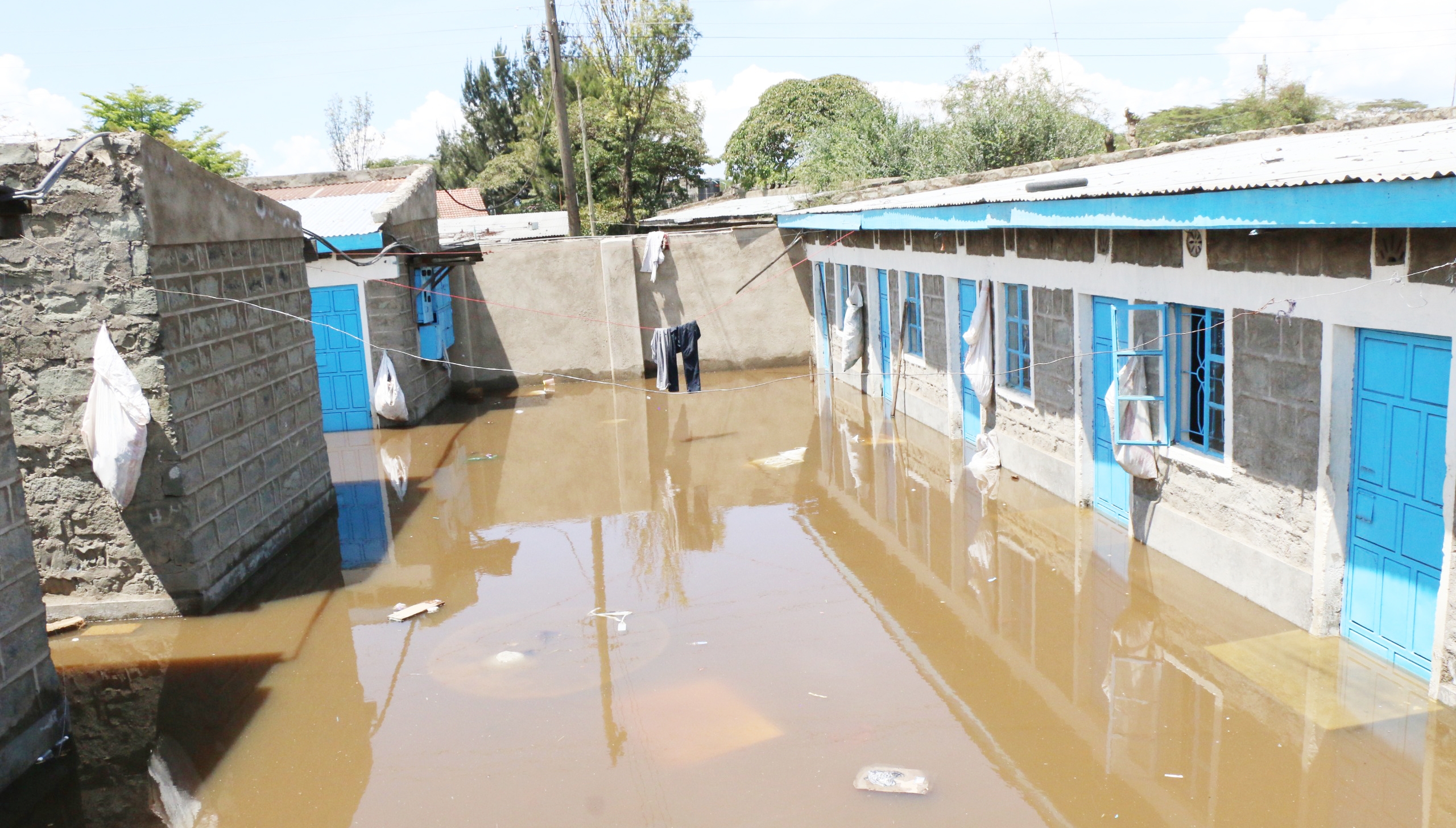 Most donkey carts are built with a single shaft that attaches directly to the donkey’s neck.
Most donkey carts are built with a single shaft that attaches directly to the donkey’s neck.
They do not
complain. They don’t
protest. They just keep walking. But new research shows Kenya’s donkeys are
paying a heavy price for their
work. In Meru County alone, almost half the donkeys pulling carts have
crushed windpipes — all because of poorly made harnesses.
The trouble starts with a simple design flaw. Most donkey carts are built with a single shaft that attaches directly to the donkey’s neck. This puts the entire weight of the load, which can be up to 700 kilogrammes, right on the animal’s windpipe.
This design flaw is dangerous. Every bump on the road, every uphill pull, every sudden stop transfers pressure onto that soft, narrow airway. Over time, the cartilage rings that hold the trachea open begin to collapse. The result is coughing, wheezing, and in severe cases, slow suffocation.
Researchers used endoscopy (small camera attached to a wire) to study the donkeys throats.
They found that while a normal trachea should be round, the cart donkeys had oval or severely damaged and narrowed windpipes that made even breathing difficult. Many of them made ‘honking’ noises audible when breathing.
“Over a third of cart donkeys (40 per cent) had grade three tracheal collapse, and cartilage ring abnormalities were found in 45 per cent of endoscopic examinations,” the authors wrote in a report— the first of its kind in East Africa – that they published in the Equine Veterinary journal.
They said the weight of loaded carts varies “but generally ranges between 250 and 700 kilogrammes and is often pulled in steeply sloping terrain.”
 Safer: Pack donkeys carry loads strapped across their backs.
Safer: Pack donkeys carry loads strapped across their backs.
To be sure
the damage to throats was not a result of age or other factors unrelated to the
type of carts, they also examined 28 pack donkeys.
Unlike cart
donkeys, which must
bear the full weight of a cart through a single shaft and crossbeam strapped
tightly around the mid-neck, pack
carry loads strapped across their backs.
“Pack
donkeys did not have tracheal collapse at this grade (0 per cent) nor any ring
abnormalities (0 per cent). This finding suggests that the repeated trauma to
the ventral neck from the current method of harnessing in the cart donkeys is associated
with tracheal injury and remodelling,” the authors said.
They are Martha Mellish, Jennifer Burns, Yvonne Elce and Jason W. Stull from the University of Prince Edward Island in Canada.
Their
study is titled: “Tracheal collapse rates in Kenyan working cart and pack
donkeys.”
Kenya has an estimated 1.9 million donkeys, according to
recent figures by the Kenya Agricultural and Livestock Research Organisation
(KALRO).
In rural areas, they
are a backbone for families with little or no access to vehicles or piped
water.
Yet the animals’ welfare is often invisible. As the study notes:
“Donkeys (Equus asinus) in East Africa are recognised as
working with poorly designed harnesses and carts. The welfare of these and
other working equids is often overlooked, despite the vast impact their work
has on an owner's quality of life and financial situation.”
The study
was conducted during voluntary health clinics in Meru
County, in January 2024.
The
health clinics were attended by 270 donkeys, and 80 were examined
endoscopically, and videos of 66 donkeys (38 cart donkeys and 28 pack donkeys)
could be sufficiently evaluated for inclusion.
Of the 14 donkeys for which videos could not be evaluated, five were excluded due to mucous obscuring the video, and nine were excluded as they were not scoped to a sufficient depth (40–60 cm from the nares) due to difficulty entering the trachea.
The cart
donkeys also showed other severe physical injuries than pack donkeys,
including bald patches where harnesses rub skin raw and thickened flesh on
their necks, a sign of
prolonged friction.
The
animals rarely get help despite
these obvious signs of harm.
“Recognised welfare issues for donkeys in developing
countries include excessive workloads, long working hours, improper husbandry,
and poor handling.”
 (A) Normal round trachea with no protrusion of trachealis muscle. (B) Very mild tracheal collapse: 25 per cent reduction of the airway. (C) Mild tracheal collapse: 26–50 per cent reduction of the airway. (D.) Moderate tracheal collapse. 51–75 per cent reduction of the airway. Tracheal ring abnormalities are also present in this image.
(A) Normal round trachea with no protrusion of trachealis muscle. (B) Very mild tracheal collapse: 25 per cent reduction of the airway. (C) Mild tracheal collapse: 26–50 per cent reduction of the airway. (D.) Moderate tracheal collapse. 51–75 per cent reduction of the airway. Tracheal ring abnormalities are also present in this image.
Kenya does have a Prevention of Cruelty to Animals Act,
which makes it an offence
to overload, override, or overdrive an animal to the point of suffering. But
enforcement is rare, especially in remote areas where donkeys are indispensable
to household survival.
Maggie Karanja, the Kenya Programmes Manager for Brooke East
Africa — an NGO that advocates for working equids said laws alone cannot protect donkeys
if owners are not taught better practices.
“Most donkey owners do not intentionally mistreat their animals,”
she told the a local newspaper in an earlier interview. “It’s a lack of knowledge and lack
of proper equipment. Many just use what they can afford.”
Local by-laws in some counties, including Kajiado and
Nakuru, ban donkey slaughter and trade in skins, but few address harnessing standards.
Experts say the solution is not to stop using donkeys, but to redesign how they
work. The new study urges local governments and NGOs to promote better
harnesses that shift weight from the neck to the shoulders or chest, using
breast collars and padded yokes.
“The increased prevalence of tracheal collapse seen in cart
donkeys with poorly designed harnessing and carts in this study indicates one
physical repercussion of lack of attention to cart and harness design,” the
authors wrote.
Brooke East Africa has projects to train artisans to make
safer harnesses. In Meru County, a local donkey welfare network is
collaborating with owners to test lighter carts and improved breast collars
that prevent throat pressure.
The authors
said the neck harnesses are probably inefficient also.
“Airway turbulence and impedance can be significantly
increased with tracheal collapse, leading to decreased athletic performance and
increased work necessary to breathe,” the research warns, meaning a sick donkey cannot work as
well, costing families time and money.

















